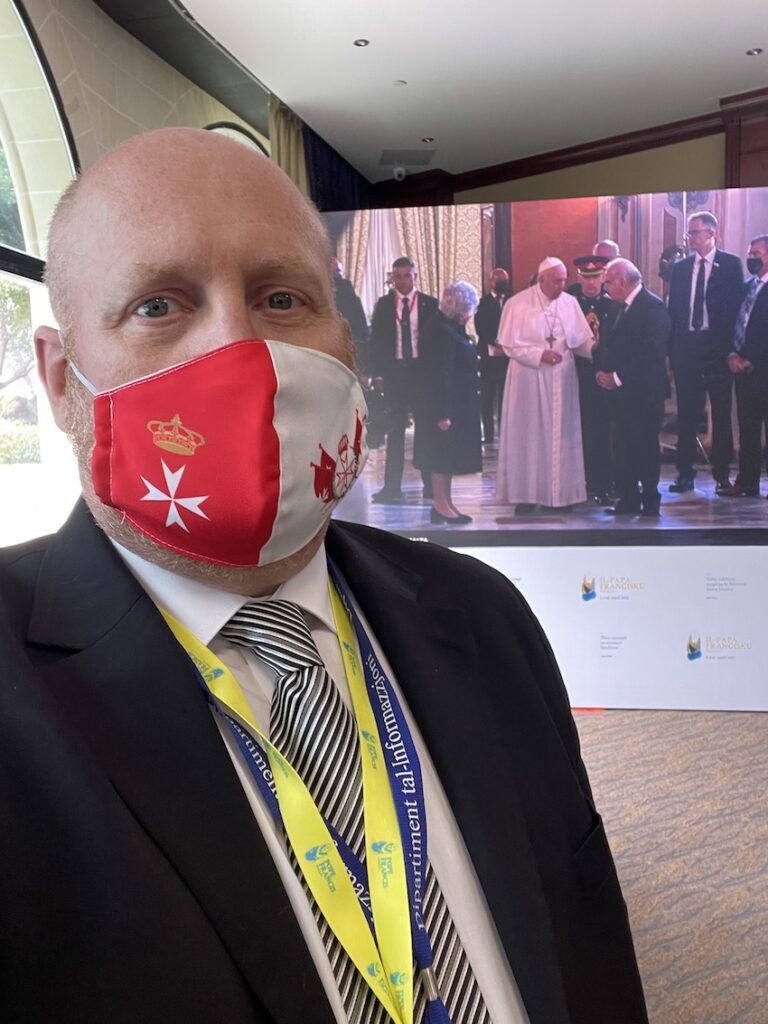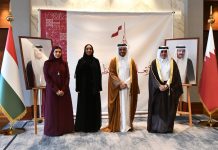Pope Francis embarked on his 36th Apostolic journey abroad on 2-3 April 2022 to visit Malta, located in the central Mediterranean Sea. The two-day visit, themed “They showed us unusual kindness” (Acts 28:2), was originally scheduled to take place in 2020 but was postponed due to the Covid-19 pandemic. Now the war in Ukraine unleashes a new humanitarian emergency across Europe, with millions of people fleeing their home.
The Maltese people joyfully awaited the Holy Father. 85% of the population are Catholics in the country of appr. 516,000 inhabitants on 313 km2.
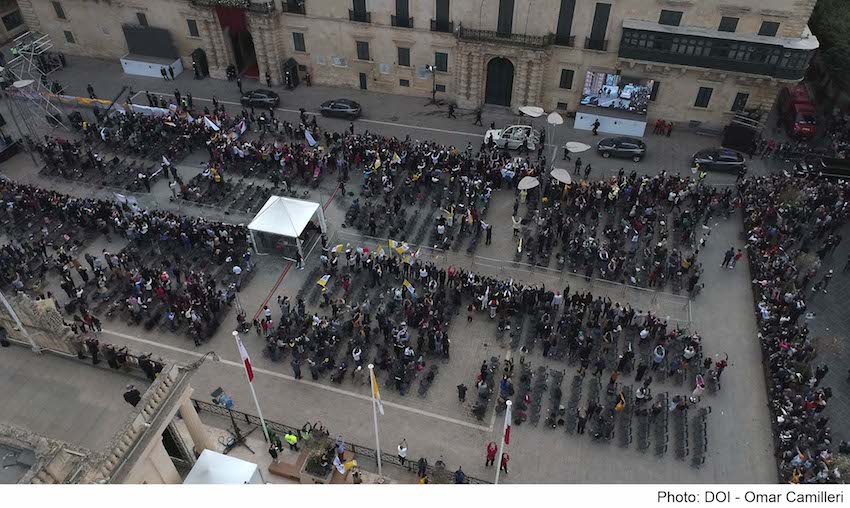
Pope Francis said that his journey in the footsteps of the Apostle Paul would be an opportunity to see firsthand a Christian community with a millennia-old history. The 85-year-old Pontiff’s visit to Malta follows that of his predecessors, Benedict XVI in 2010 to mark the 1950th anniversary of the shipwreck of St. Paul in Malta in AD 60, and two visits by John Paul II in 1990 and 2001.
“The Pope comes to our island as a herald and messenger of reconciliation and mercy, not only in the Mediterranean, but throughout the world”, said Archbishop of Malta Charles Scicluna.
In the morning of 2 April, upon his arrival, Pope Francis was solemnly welcomed by the President of the Republic of Malta George Vella, Prime Minister Robert Abela, and other dignitaries at Malta International Airport, the Maltese and Papal anthems were played and the Maltese and Vatican flags were unfurled.
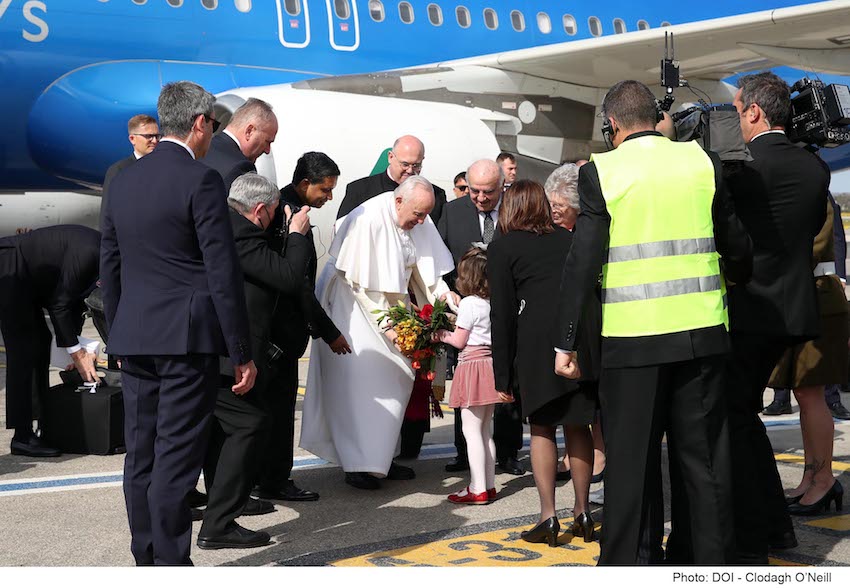
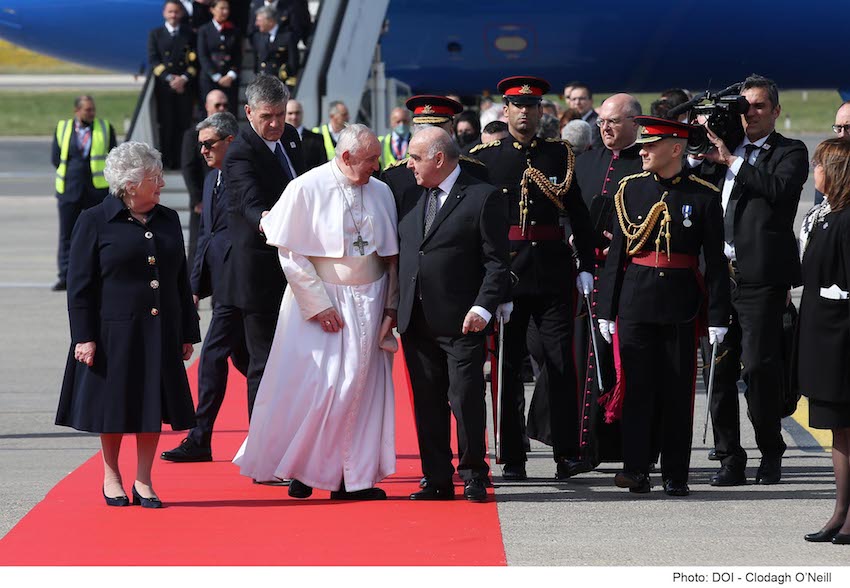
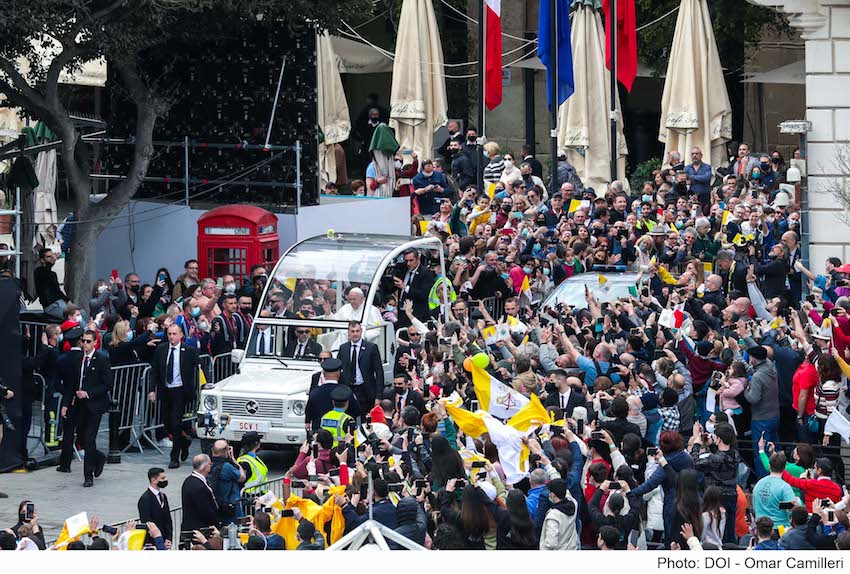
Pope Francis was escorted to the Maltese capital, Valletta, to the Grandmaster’s Palace, where he paid a courtesy visit to the President of the Republic of Malta in the Ambassadors’ Chamber of the Grandmaster’s Palace.
Following President George Vella’s welcoming remarks, Pope Francis addressed the dignitaries. In his message, the Pontiff thanked the President for his warm welcome. In Pope Francis’s words, “May Malta, the heart of the Mediterranean, continue to foster the heartbeat of hope, care for life, acceptance of others, yearning for peace, with the help of the God whose name is peace”. The Pope also quoted Malta’s national poet, Dun Karm Psaila, in the Maltese national anthem, praying to God to give wisdom to those governing the country. Pope Francis also refers to Apostle Paul’s journey to Malta, who, according to the Acts of the Apostles, was on a ship on his way to Rome, (the place of his execution), when he was shipwrecked in Malta and was welcomed by local people, who were showing him unusual kindness.



After a meeting between Pope Francis and President George Vella, the Pope met with Prime Minister Robert Abela and his family, as well as with the Authorities and the Diplomatic Corps.



The Maltese government handed over to Pope Francis a medical instrument, as a gift, which examines the blood of persons living in poverty, using the services of the pontifical clinic ‘Madre della Misericordia’. This clinic is part of the series of actions that Pope Francis has undertaken to transform Vatican City into a Citadel of Mercy.
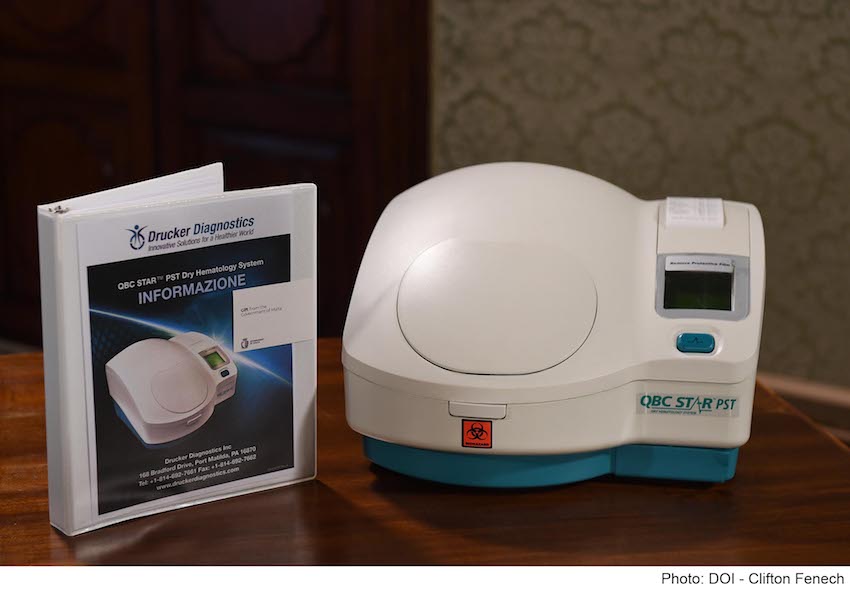
Pope Francis presented the President of Malta a medal depicting the statue of St Paul, which can be found at The Collegiate Parish Church of St Paul’s Shipwreck in Valletta, with the serpent that bit him trampled under his feet.
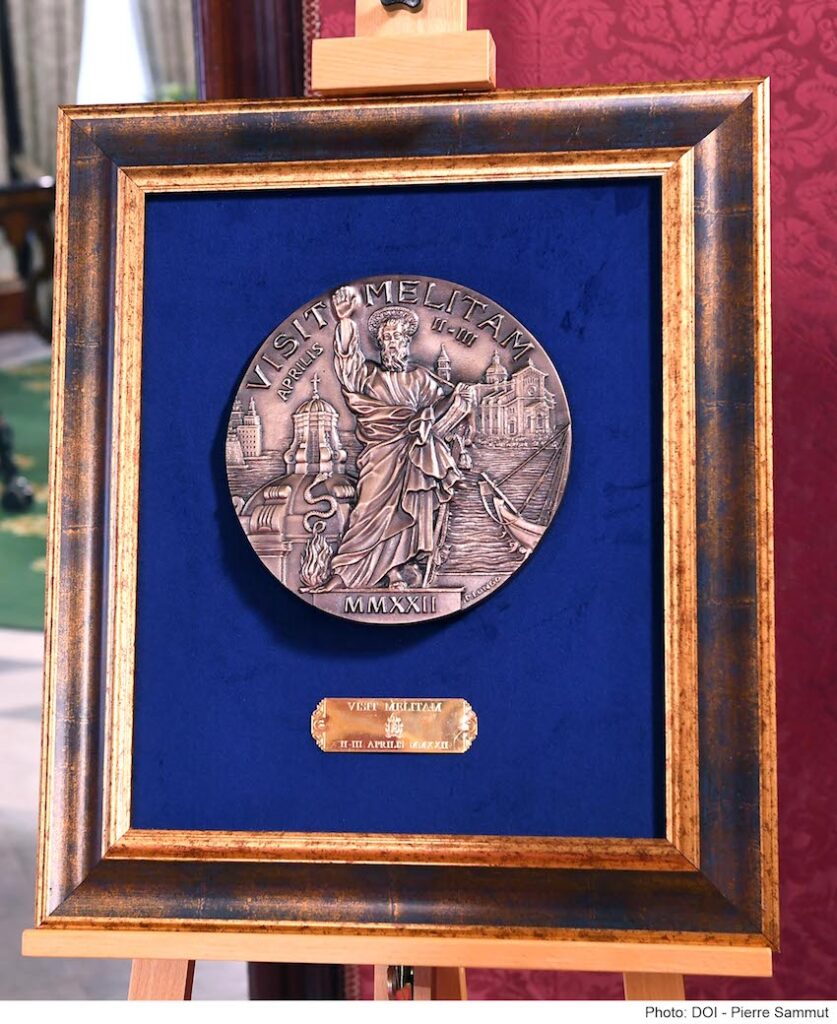
The first day’s program continued in Gozo Island, where the Pope sailed on a catamaran from the Grand Harbour of Valletta.
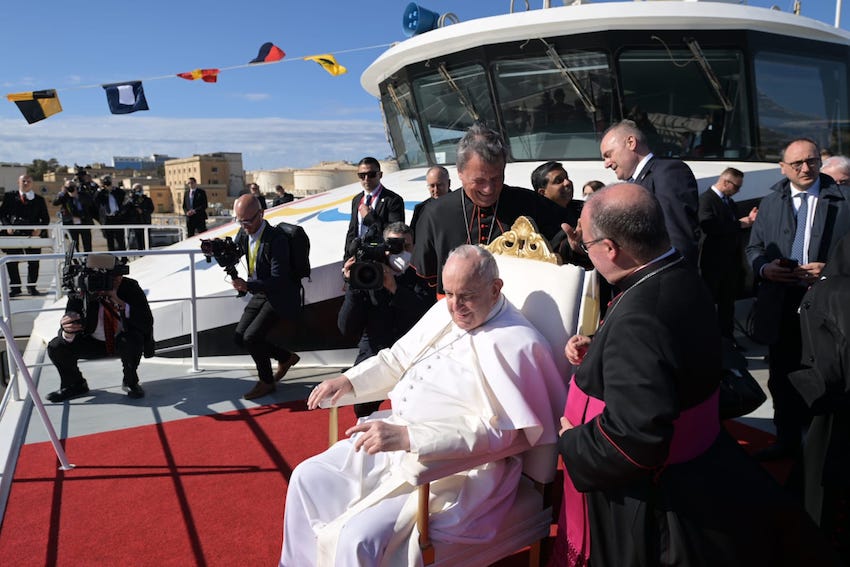
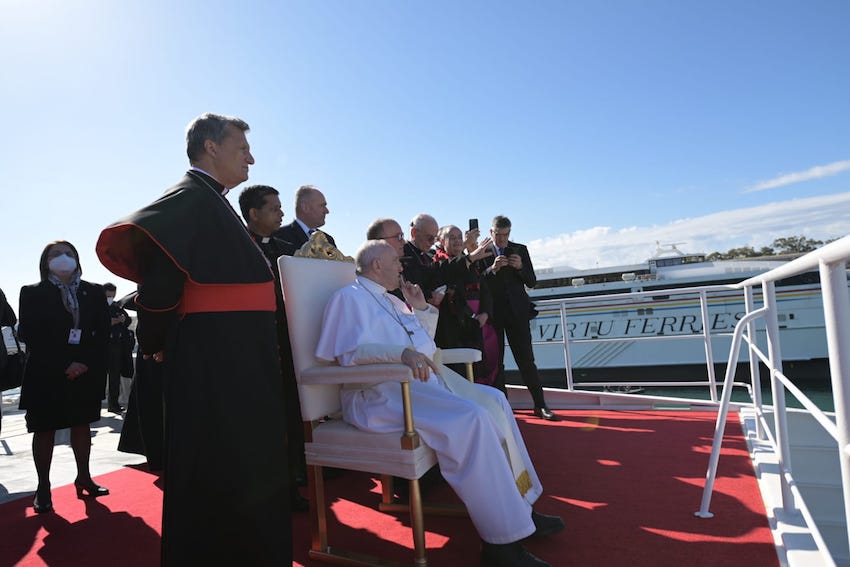
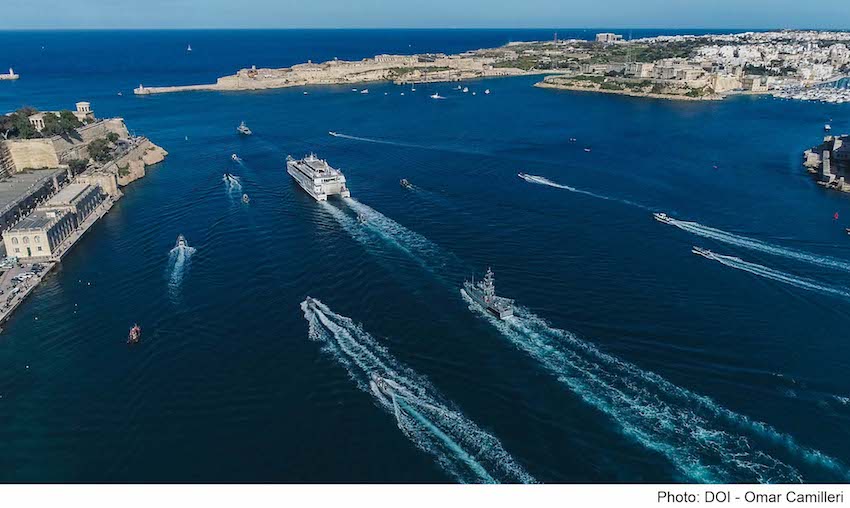
In Gozo a Prayer meeting was held at the National Shrine of Ta’ Pinu. The origins of this Marian Shrine date back to the beginning of the 15th century, when the family of Giovanni Calimera raised a church on a knoll in the midst of their estate at il-Wied ta’ Għammar, the same spot where it still stands. It was dedicated to the Assumption and known as Santa Maria ta’ Calimera. In 1615, Pinu Gauci, from whom the chapel got its present name, offered the Bishop to raise it anew. In 1619, he commissioned the present altarpiece of the Assumption by Bartolomeo Amodeo Perugino.








On the 3rd April, the second day’s program started with a private meeting with the Members of the Society of Jesus (Jesuits) at the Apostolic Nunciature in Malta, located in Rabat.
It was followed by a Papal visit to the Grotto of St Paul at the Basilica of St Paul in Rabat.
The Grotto of St Paul has been venerated since medieval times as the place just outside the city of Melite where the Saint is said to have stayed during his sojourn in Malta in AD 60, as described in the Acts of the Apostles in the Bible. The earliest surviving medieval documented reference to the Grotto of St Paul refers to the Church of St Paul de Crypta, as well as the cemetery of St Paul and the fossatura or ditch near the Church of St Paul. This dates back to 1366 when Bishop Ylario granted Bochius de Bochio land belonging to the Church of St Paul. The Knights of the Order of St John of Jerusalem set their eyes on this important site and soon recognised the potential of the Pauline cult in Malta, which offered them the privilege of curating such a holy site not only for religious but also for political purposes. The underground complex includes the Grotto and a rock-cut crypt attached to it containing two altars respectively dedicated to St Paul and St Luke, and a smaller side altar dedicated to St Trophimus. The marble statue of St Paul in the Grotto was donated by the Portuguese Grand Master Manuel Pinto in 1748. Another statue of St Paul on the main altar of the Crypt was carved in marble by the renowned Maltese sculptor, Melchiorre Gafà. The Grotto of St Paul became a pivotal place of worship and pilgrimage, visited by several important personalities over the centuries.
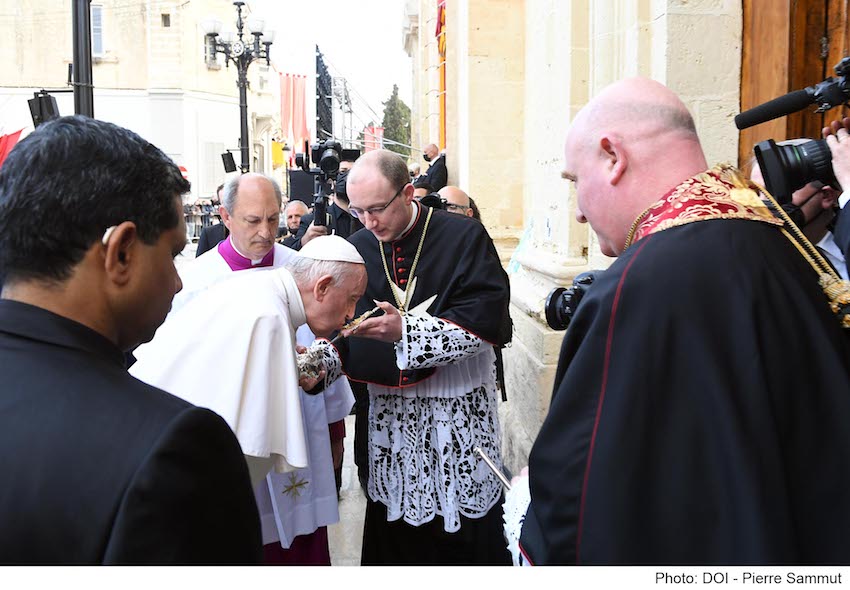
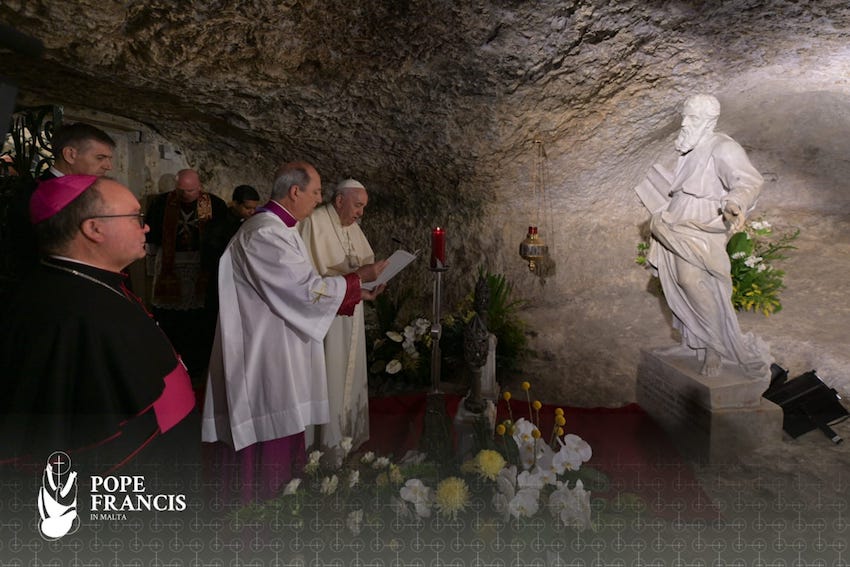
Then the Pope visited the Basilica of St Paul.
The parish church of St Paul in Rabat is just outside the old capital Mdina. It was the first church to be built on the spot where St Paul is believed to have stayed during his three-month sojourn in Malta, preaching and healing the sick as described in the Acts of the Apostles. He also performed several miracles such as the miracle of the viper and several healings. In 2020, the Collegiate Parish Church of St Paul in Rabat was elevated to the title of Minor Basilica by Pope Francis.
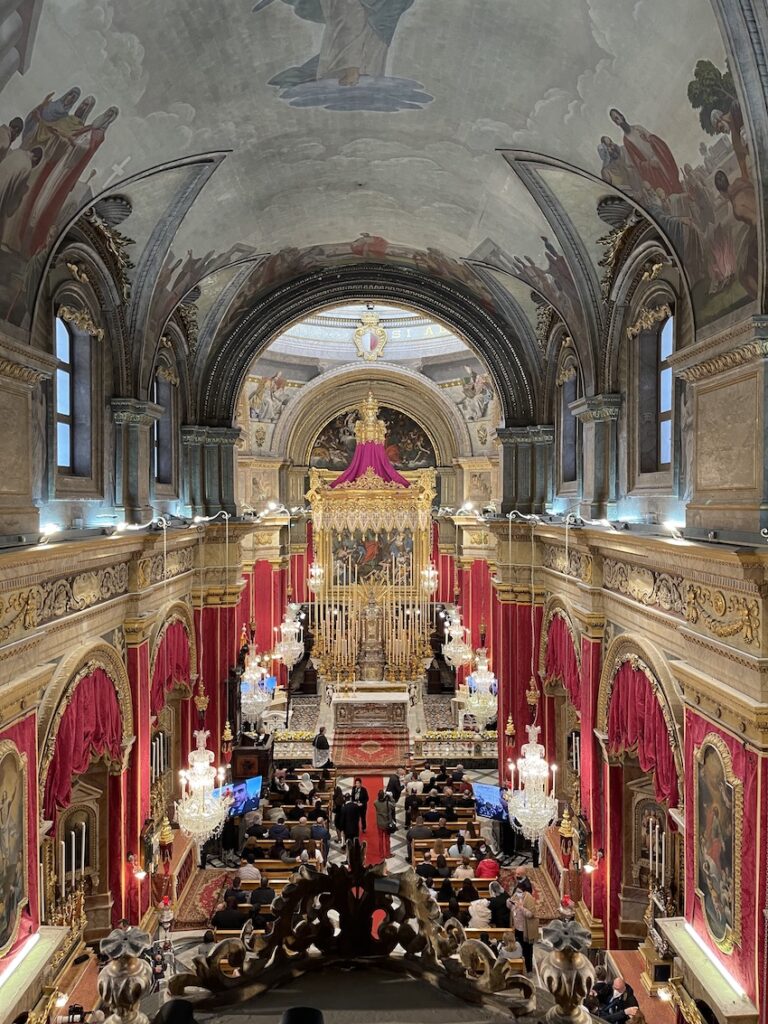
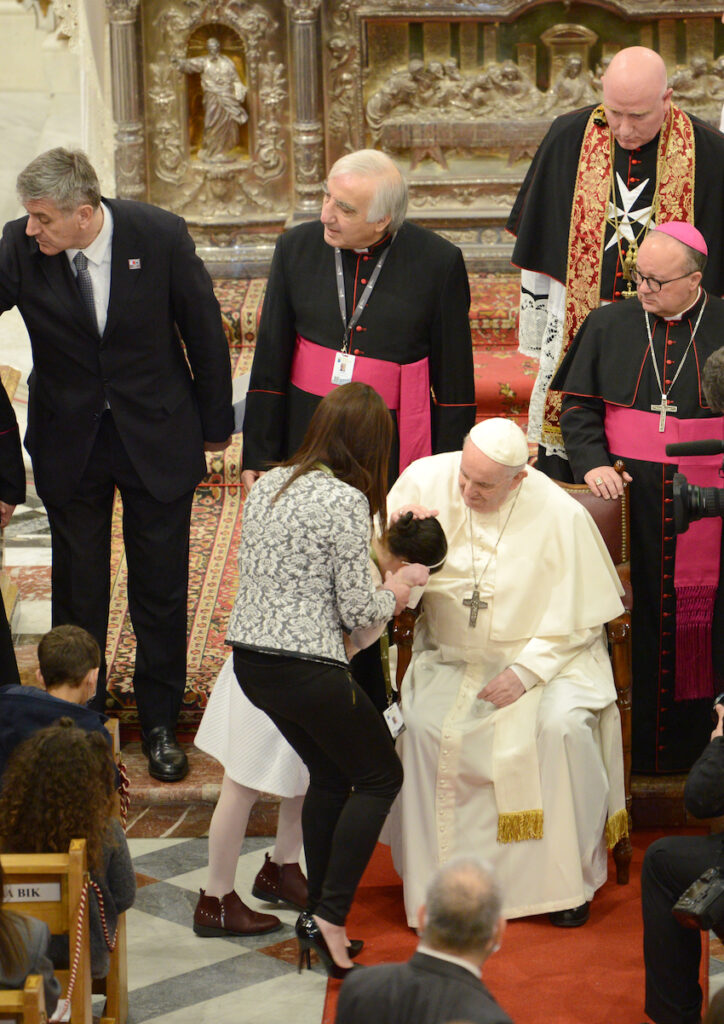
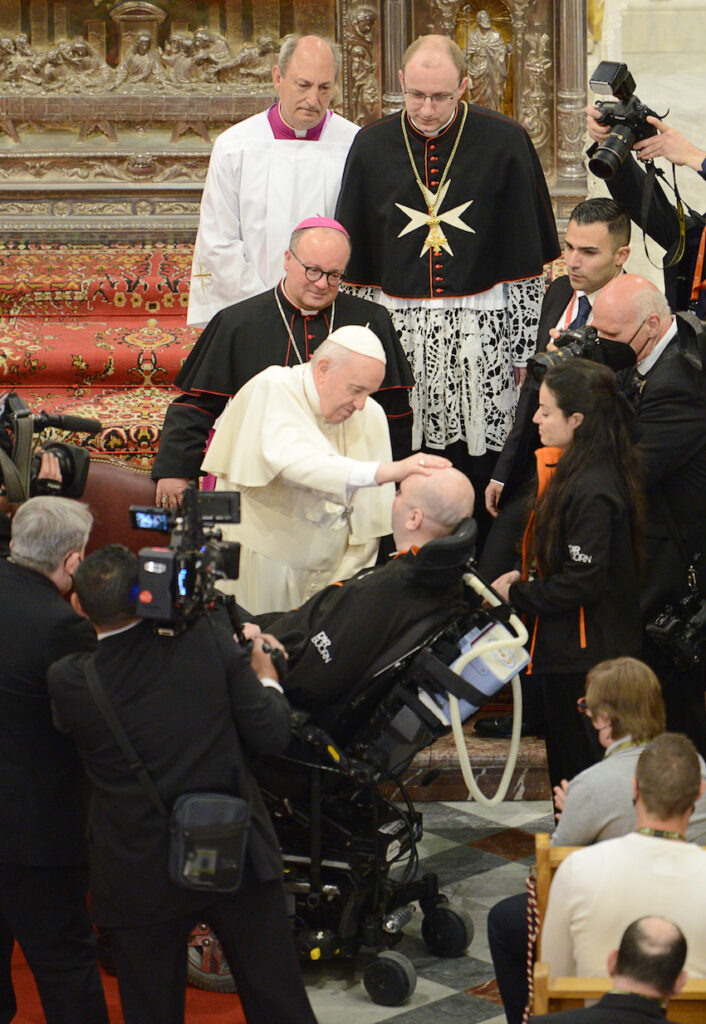
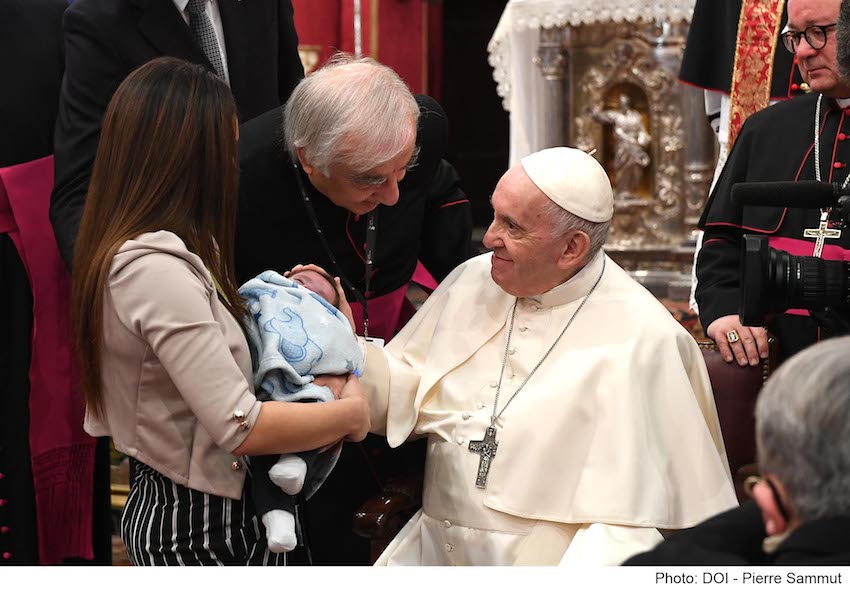
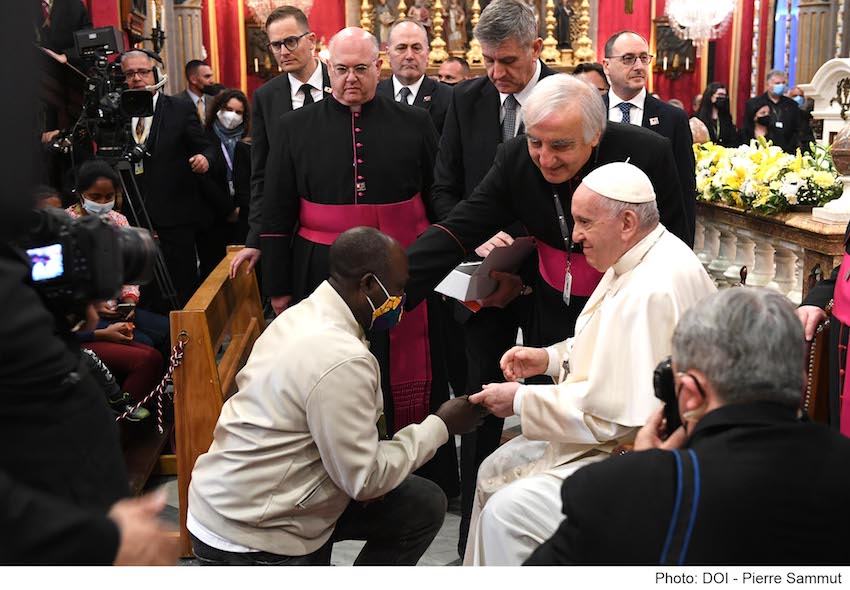
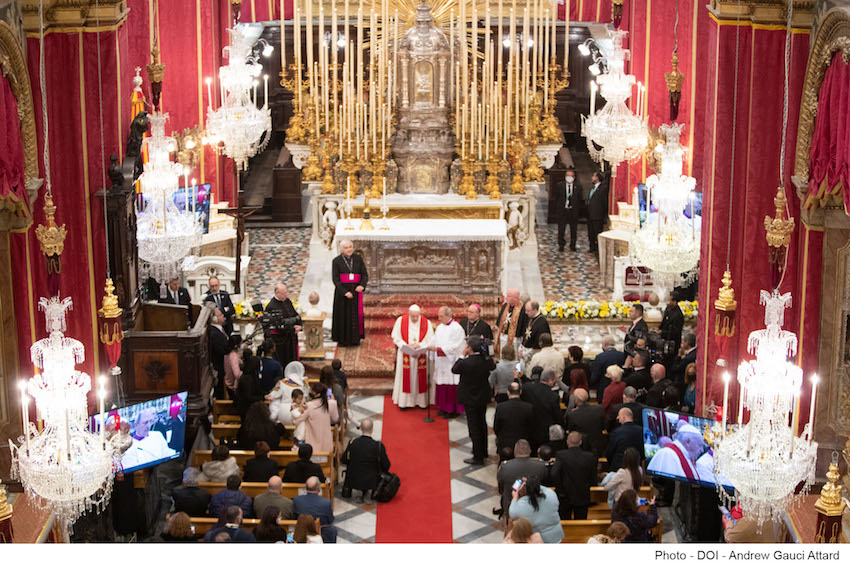
The Papal Holy Mass in Malta – With Jesus, a new different life is always possible
One of the highlights of the Pope’s visit was the Holy Mass celebrated at the Granaries of the city of Floriana, attended by thousands.


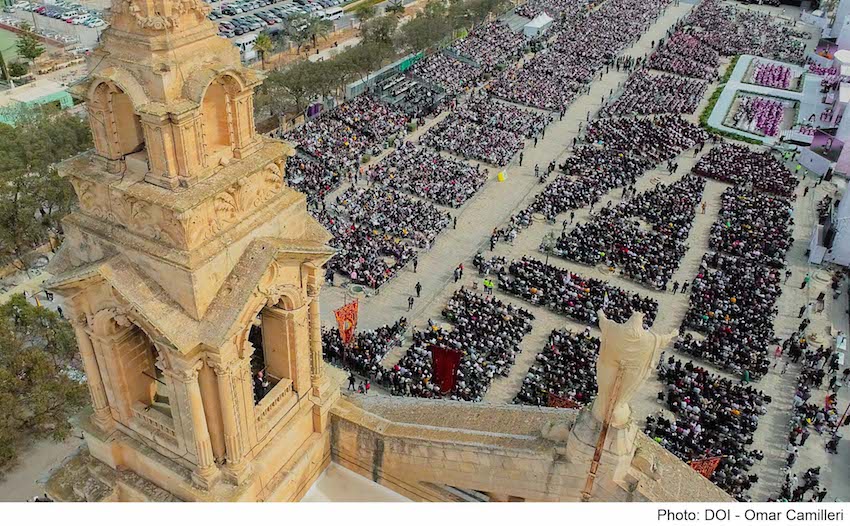
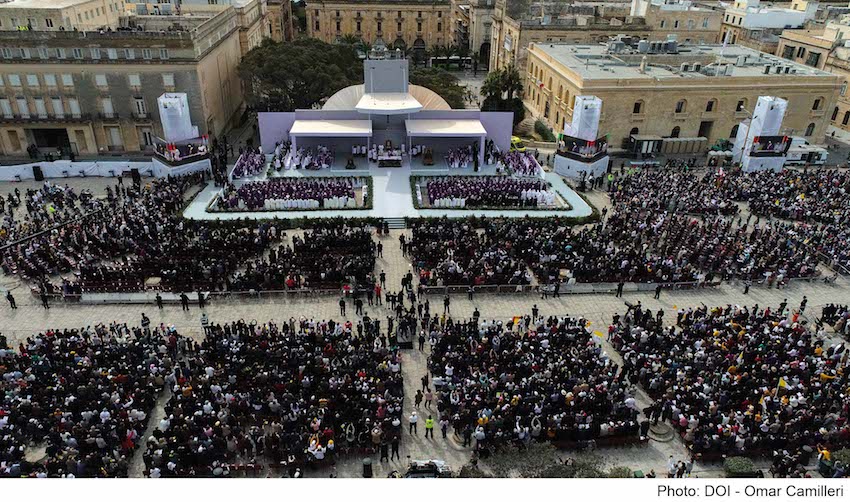
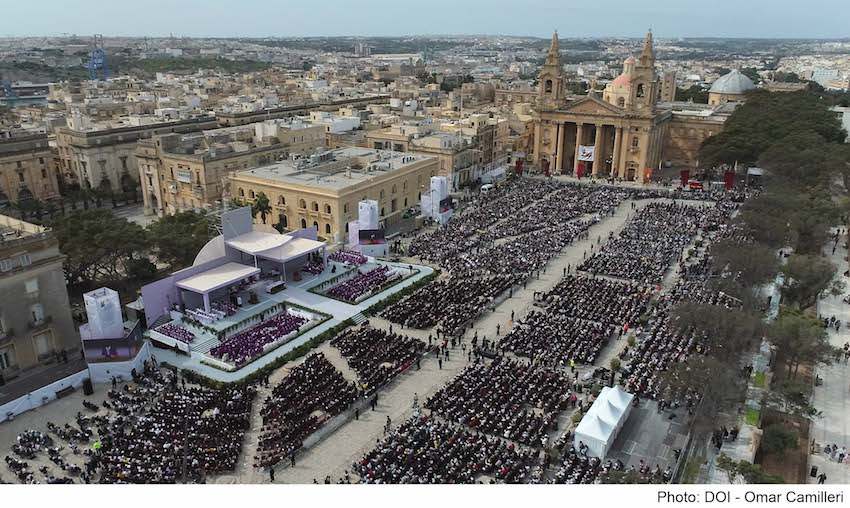

In the centre of the city’s square the Papal Platform was elevated, designed by artistic director Carlo Schembri, inspired by the shape of the crucifix, with the circle and rays emanating from it representing the Eucharist. It was decorated by the wonder-working 12th century icon of Our Lady of Damascus. About 600 priests were on the platform to concelebrate the Holy Mass with the Pope.
As the Pope’s visit took place during Lent, the event was dominated by the liturgical colour of purple, used during the 40-day Lent. Instead of flowers, a flora found in Malta and also mentioned in the Bible surrounded the platform, At the centre of the platform was a locally made crucifix. At the Greek Catholic church of Our Lady of Damascus in Valletta, one has the opportunity to see two religious treasures: the 12th-century miraculous icon of Our Lady of Damascus (Damaskiní) and the 13th-14th century icon of ‘Our Lady of Mercy’ (Eleimonítria). The icon of Our Lady of Damascus is named after the Syrian capital, Damascus, where it was greatly venerated. The icon is said to have reached the Greek island of Rhodes in 1475 under miraculous circumstances. During the Ottoman siege of Rhodes, both the Damaskiní and the Eleimonítria were housed in the church of St Demetrius inside the city walls. When Rhodes fell to the Turks, the Knights of St John of Jerusalem had no other option but to leave the Greek island on the 1st January 1523. For seven long years, the icons of the Damaskiní and the Eleimonítria travelled with the Knights (together with other unique religious masterpieces) to Candia (Crete), Messina, Civitavecchia, Rome and Viterbo.
Both icons arrived in Malta with the Knights of St John in 1530. Accompanying them was a contingent of around 500 expatriate Greeks from Rhodes.
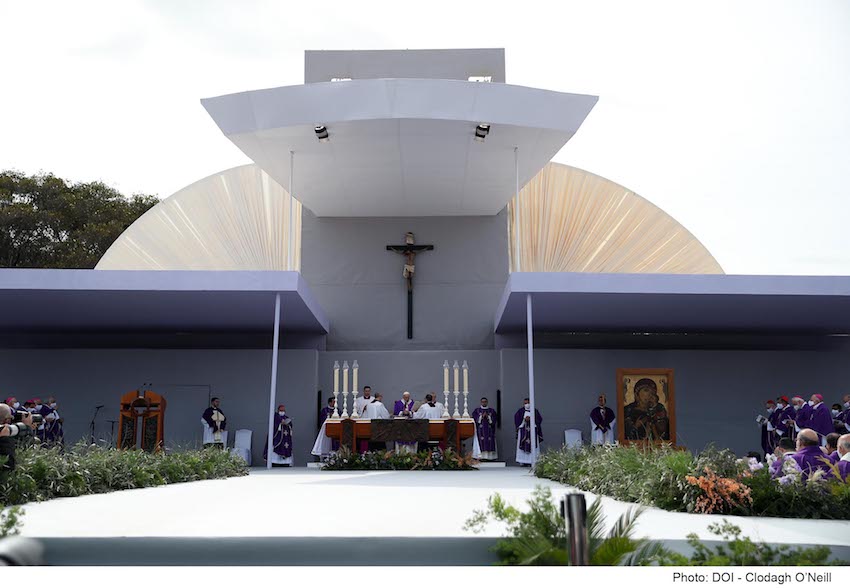
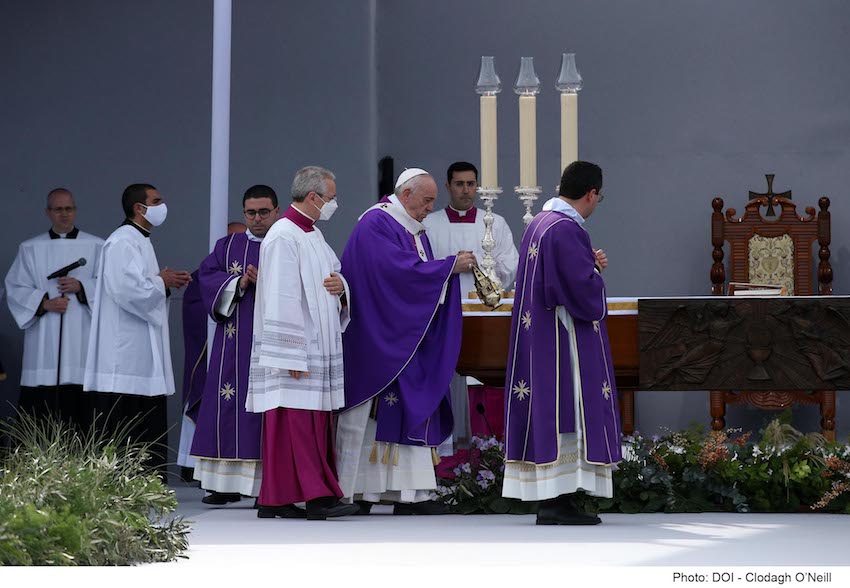
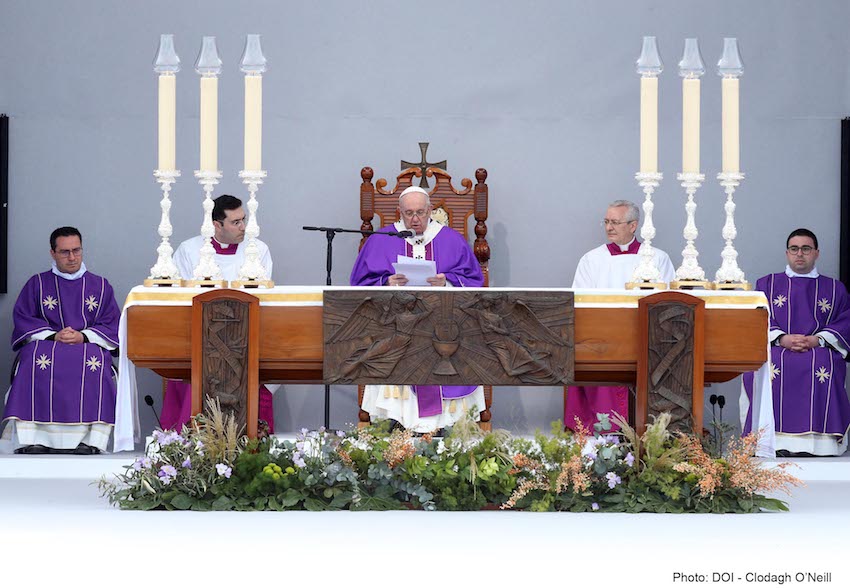
Homily of the Holy Father
During the Holy Mass for the nation’s faithful, Pope Francis emphasised the importance of reconciliation and forgiveness. Referring to the “people of God”, the Pontiff began his homily by praising Malta for its faith. “Here in Malta, that people is numerous and lively, faithful in seeking the Lord through a concrete, lived faith. For this, I thank all of you.” The Pope could touch the hearts and minds of believers and non-believers alike.
The Holy Father recalled the day’s Gospel according to St. John about the woman caught in adultery. Pope Francis warned against: self-righteous hypocrisy and the urge to point fingers at others. The Pope called on believers to be careful how they treat others. To understand whether we are true disciples of the Master or not, we need to think about how we see ourselves.
For Jesus, what really counts is openness and docility, and that one recognizes their need for salvation. The Master is not content with appearances, He seeks the truth of the heart. “Once we open our hearts to Him in truth, He can work wonders in us.”
God always leaves room for a second chance. He can always find paths that lead to liberation and salvation. Pope Frances reminded Christians that Jesus always offers us the possibility of a new life.
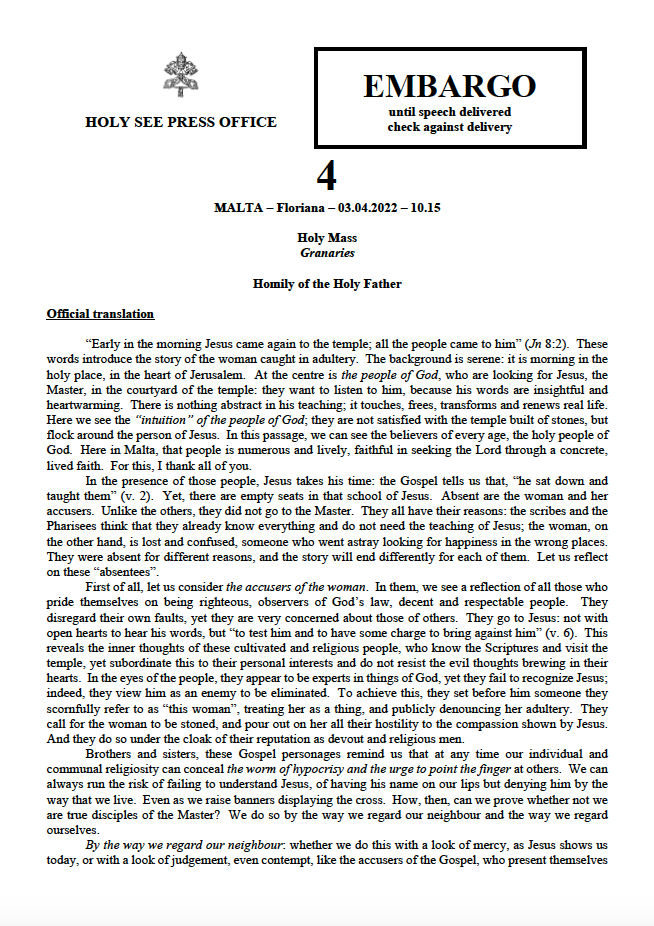

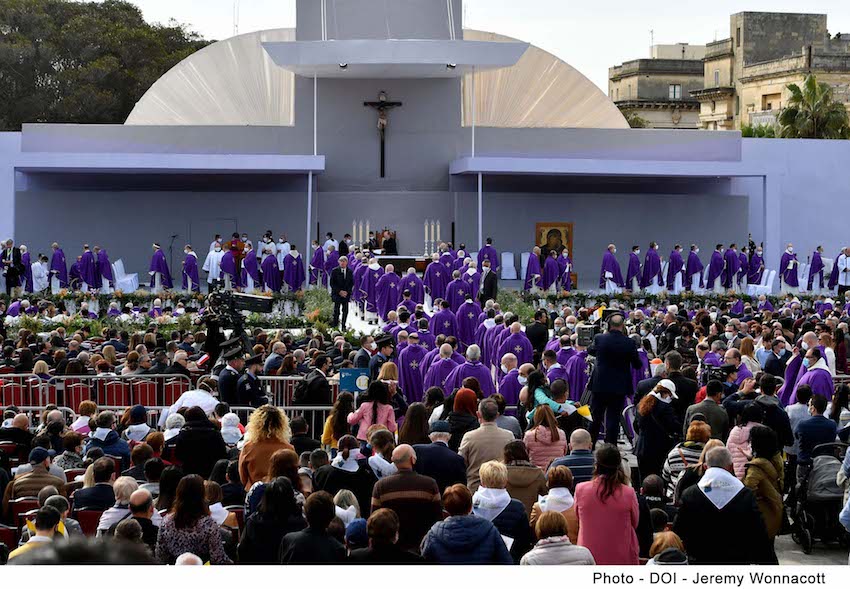
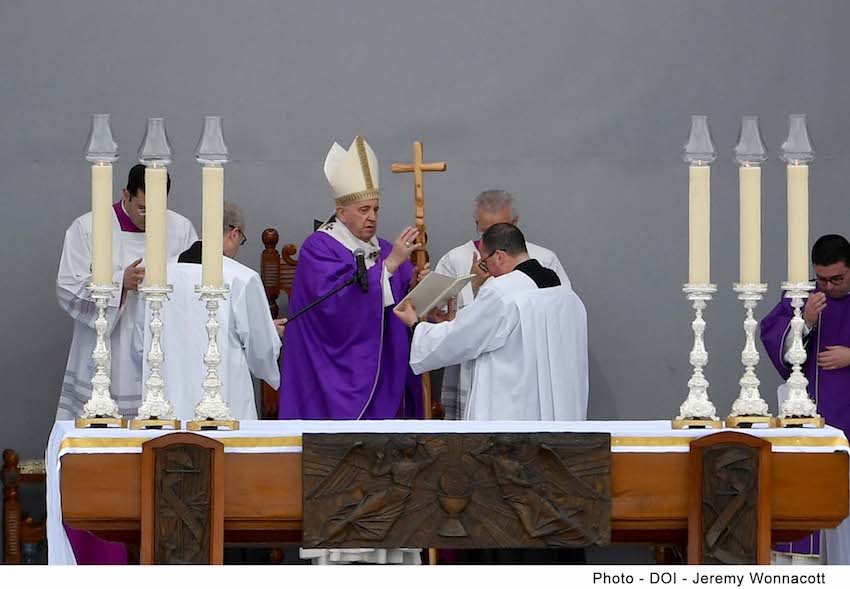
Peace Laboratory in Ħal Far
As the last chapter of the Holy Father’s visit in Malta, Pope Francis arrived at the Pope John XXIII Peace Laboratory in Ħal Far, which offers welcome to migrants from several countries. There, some 200 migrants met with the Pope in the Centre’s open-air theatre.
The Peace Lab is a Maltese voluntary organisation founded 31 years ago, following an appeal by Pope John XXIII calling for world peace. Since 2002, the Peace Lab has provided shelter to many migrants.
The Pope was greeted by Peace Lab Director, Fr Dionysius Mintoff, the Franciscan friar who established the Peace Lab, inaugurated by Giuseppe Roncalli, the brother of Pope John XXIII in 1971.
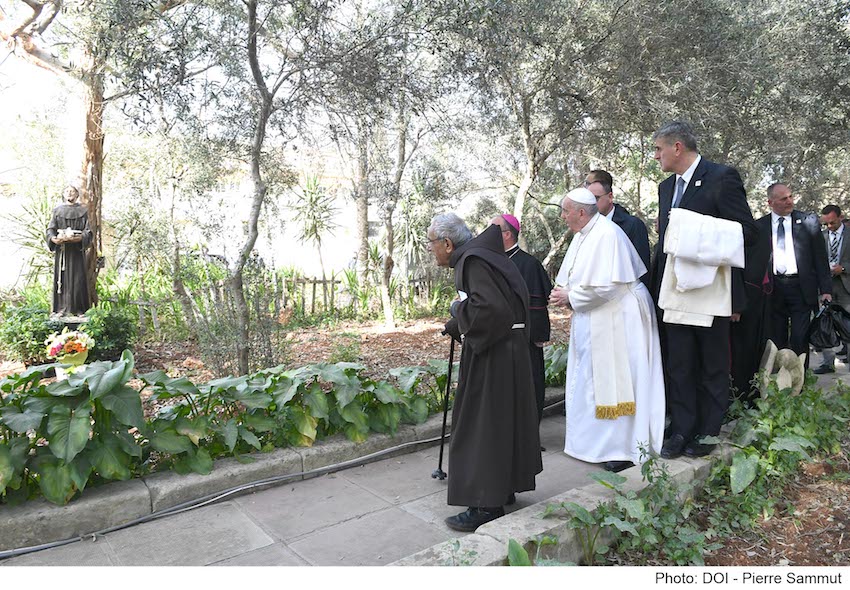
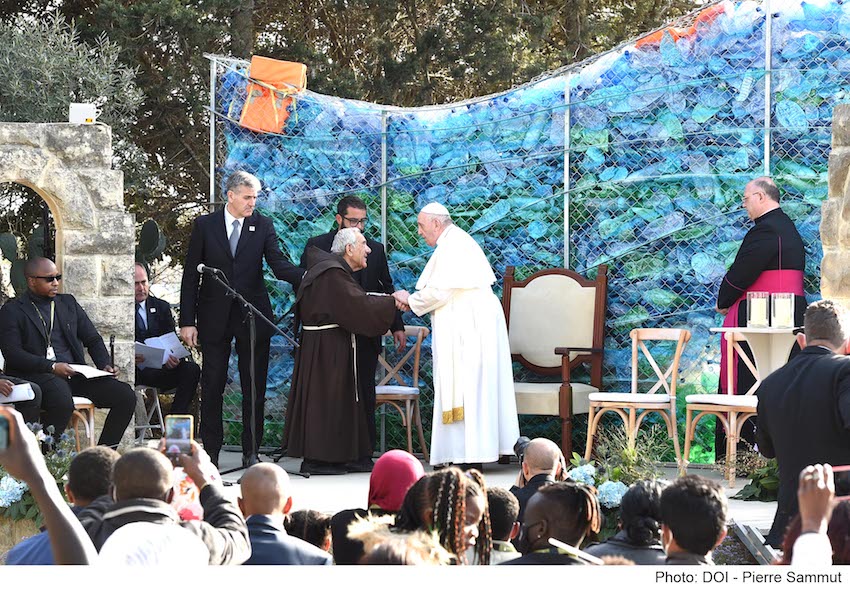
Fr Dionysius Mintoff firmly believed in the need for an open and unrestricted meeting place, where people of all backgrounds and attitudes could come together. In 1971, he led a group that carried out educational and practical work to strive for social justice and human rights. They began an experiment in fostering solidarity and moral values based on Christian beliefs without excluding other beliefs.
The Peace Lab is based in Ħal Far on a site that was originally part of an airfield which saw intensive air combats during World War II. It includes a church and a number of rooms surrounded by extensive gardens.
The transformation from a military station to a peace centre was the result of direct political action. The John XXIII Peace Lab is a practical example of the role a voluntary organisation can play in shaping the conscience and opinion of others.
Over the years, the Peace Lab has been offering shelter and hospitality to many migrants and refugees from Mali, Ethiopia, Eritrea, Ivory Coast, Sudan, Cameroon, Bangladesh, Pakistan and Iran.
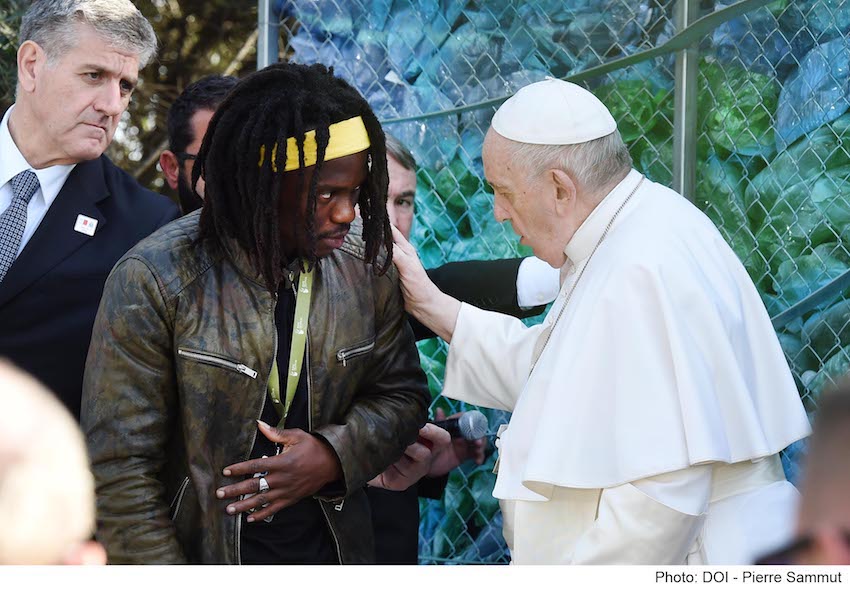

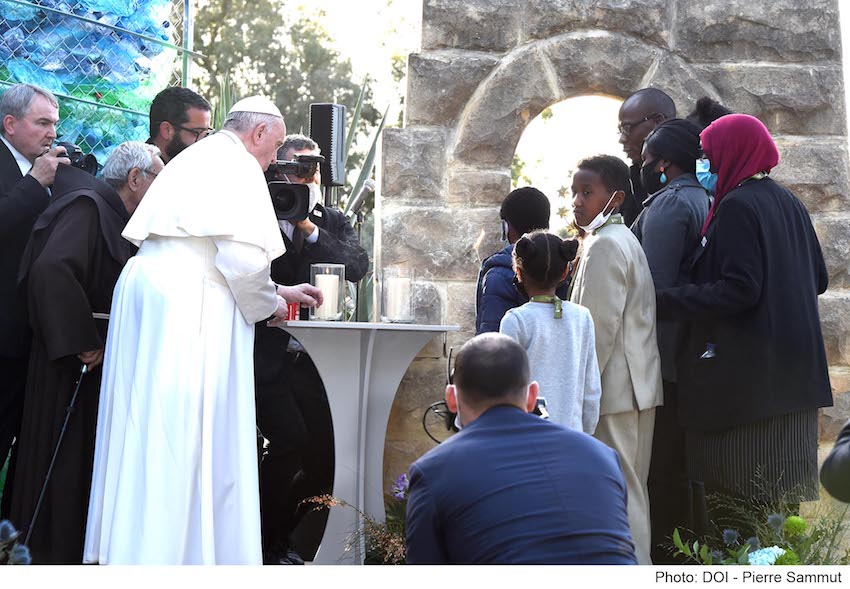
With meeting the migrants, the two-day official visit of His Holiness Pope Francis in Malta came to an end. The farewell ceremony of the Holy Father took place at the International Airport of Malta by the President of the Republic of Malta George Vella and the highest state and government leaders of the country.
Pope Francis departed Malta on board an Air Malta flight.





Written by Mark Scicluna,
Permanent correspondent of Diplomatic Press Agency in Malta and Sicily/Italy
